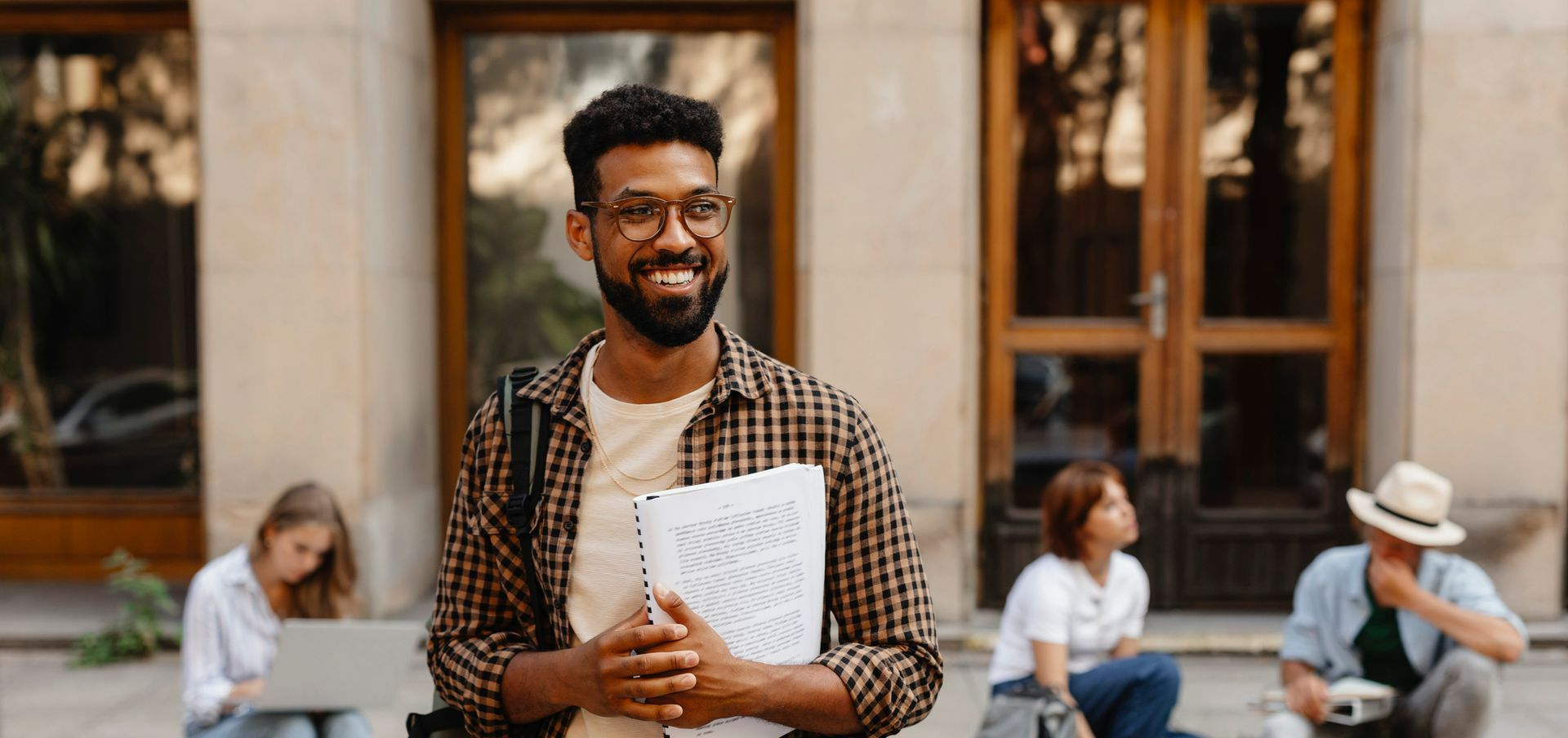Student Visa Attorneys
Study in the US
Students, teachers, and workers who reside in countries outside the United States and would like to visit the country for an extended period to study, teach, or work have several options regarding entry visas. The J-1, F-1, and M-1 visas have different qualifications, restrictions, and benefits. It is important to understand their differences to select the correct visa and properly complete the application process.


Immigration Attorney Assistance
Applying for a visa can be a difficult and sometimes confusing process. It can be helpful to consult with a licensed attorney who can help you choose the correct visa, correctly complete the necessary forms, and collect the necessary supporting documents for each type of visa. The attorneys at Johnson & Masumi have years of experience and can assist you with applying for each type of student visa.






